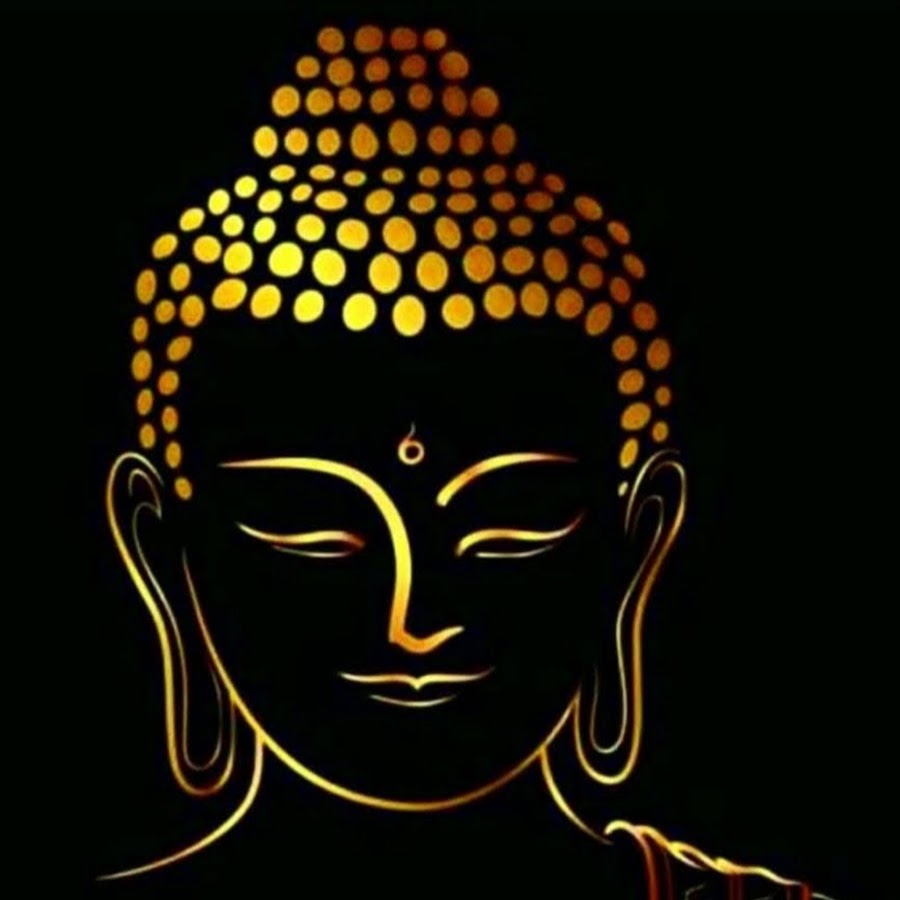Video Player is loading.
141
views •
March 5, 2022
Pema Chodron ~ How Can I Give My Best When I Feel My Worst

TheSpiritualLibrary
0 Followed
#PemaChodron #inthepresent27 #Buddhism
Review of “No Time to Lose”
BY ROGER R. JACKSON| MARCH 1, 2006
“No Time to Lose: A Timely Guide to the Way of the Bodhisattva” by Pema Chödrön, reviewed by Roger Jackson
No Time to Lose is a fruit of the encounter between one of the most respected of all Western Buddhist teachers, bhikshuni Pema Chödrön, and one of the most beloved of all Mahayana Buddhist texts, the Bodhicharyavatara by the eighth-century Indian monk, Shantideva.
The Bodhicharyavatara—variously translated into English as Entering the Path of Enlightenment, The Way of the Bodhisattva, or A Guide to the Bodhisattva’s Way of Life—is a long Sanskrit poem usually divided into ten chapters: The Excellence of Bodhichitta, Confession, Commitment, Awareness, Vigilance, Patience, Heroic Perseverance, Concentration, Wisdom, and Dedication. It includes extraordinary poetic evocations of the joys of altruism, ingenious exhortations to self-discipline and compassion, a remarkable analysis of our spiritual debt to our enemies, classic meditations on equalizing and exchanging ourselves with others, a subtle presentation and defense of Madhyamaka philosophy, and an uplifting final benediction extended to all beings everywhere.
The Buddhist scholar Lu’s Gómez has rightly observed that over the past century, the Bodhicharyavatara has become a classic of modern Buddhism, with only the Dhammapada and the Heart Sutra translated more often from Indian into modern languages. The reasons for its initial popularity outside Asia were complex, and include its survival in Sanskrit, the power of its poetic imagery, and its distant echoes of such Christian devotional classics as Thomas à Kempis’s Imitation of Christ. But the recent spate of translations and analyses, whether scholarly or popular, unquestionably can be traced to the growing influence in the West of Tibetan Buddhism.
All Tibetan Buddhist traditions look for inspiration to the Buddhist literature of India, and for almost a thousand years, the Bodhicharyavatara has been one of the most widely studied and deeply admired of the thousands of texts that were translated from Indian languages into Tibetan. Though it was translated into Tibetan as early as the ninth century (the translation subsequently was revised), the Bodhicharyavatara only began to gain popularity in Tibet in the eleventh century, when masters of the reformist Kadampa order began to study and comment on it, using it as a basis for their instructions on bodhisattva mind-training (lojong) and their interpretations of Madhyamaka.
https://pemachodronfoundation.org/articles/
Show All 
Comment 0











